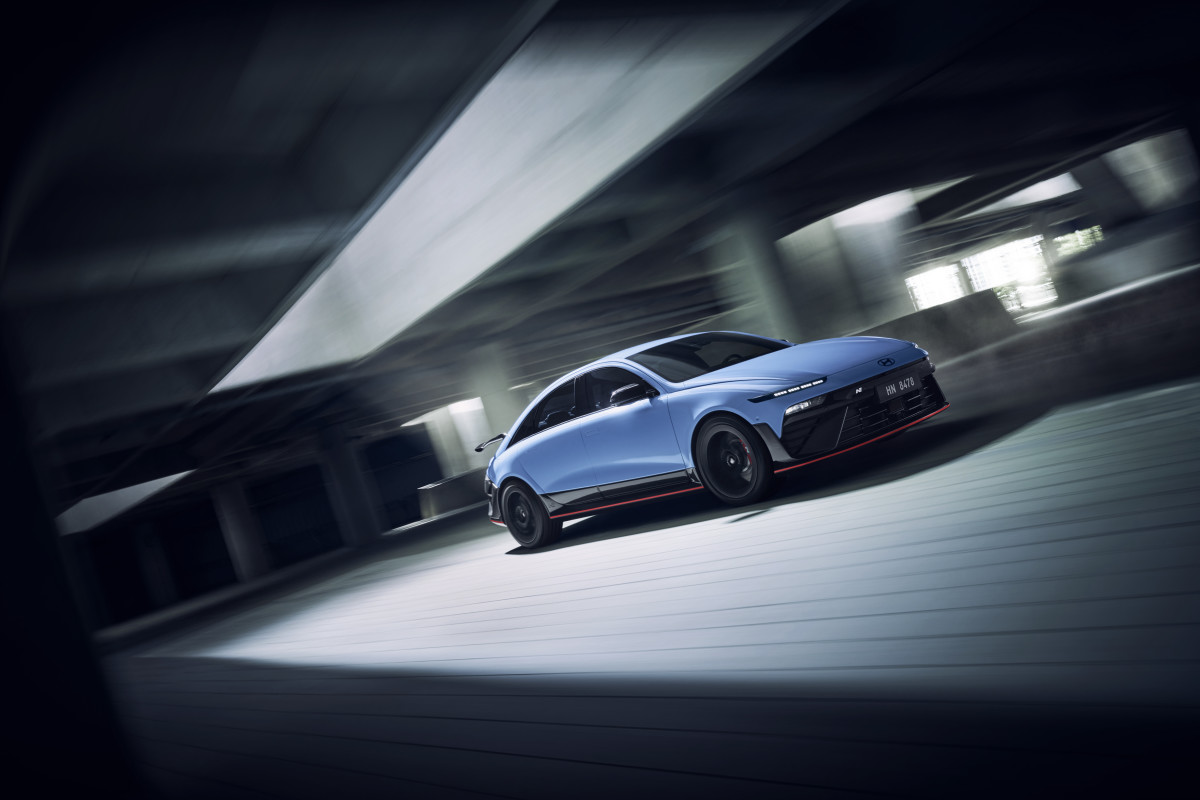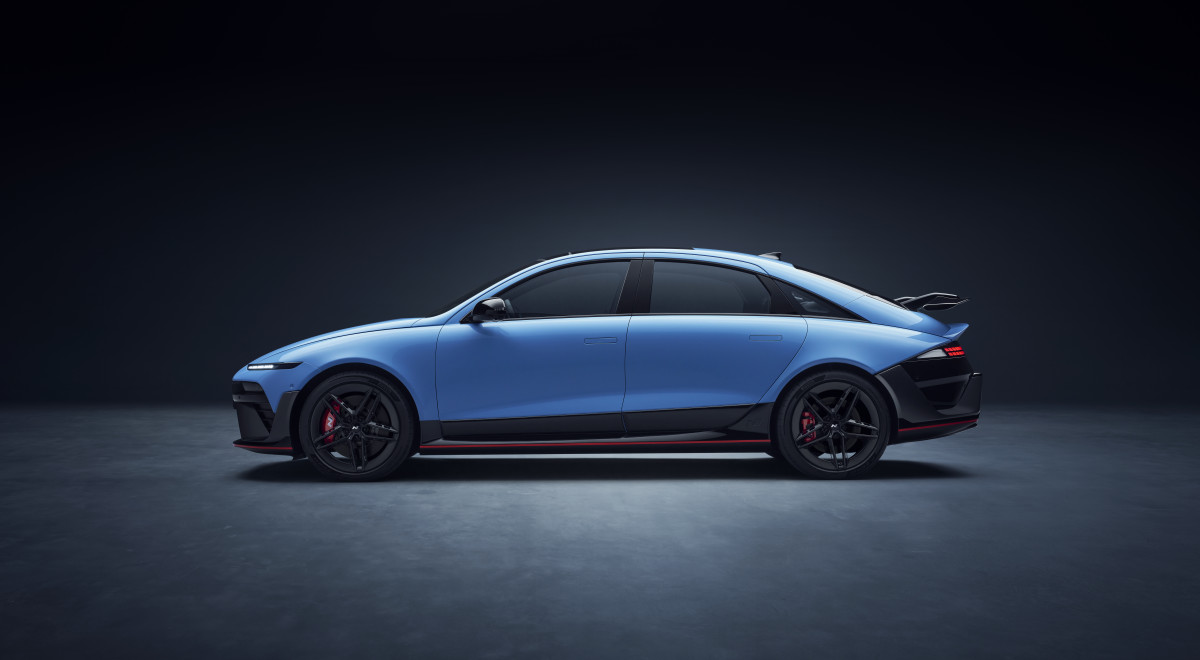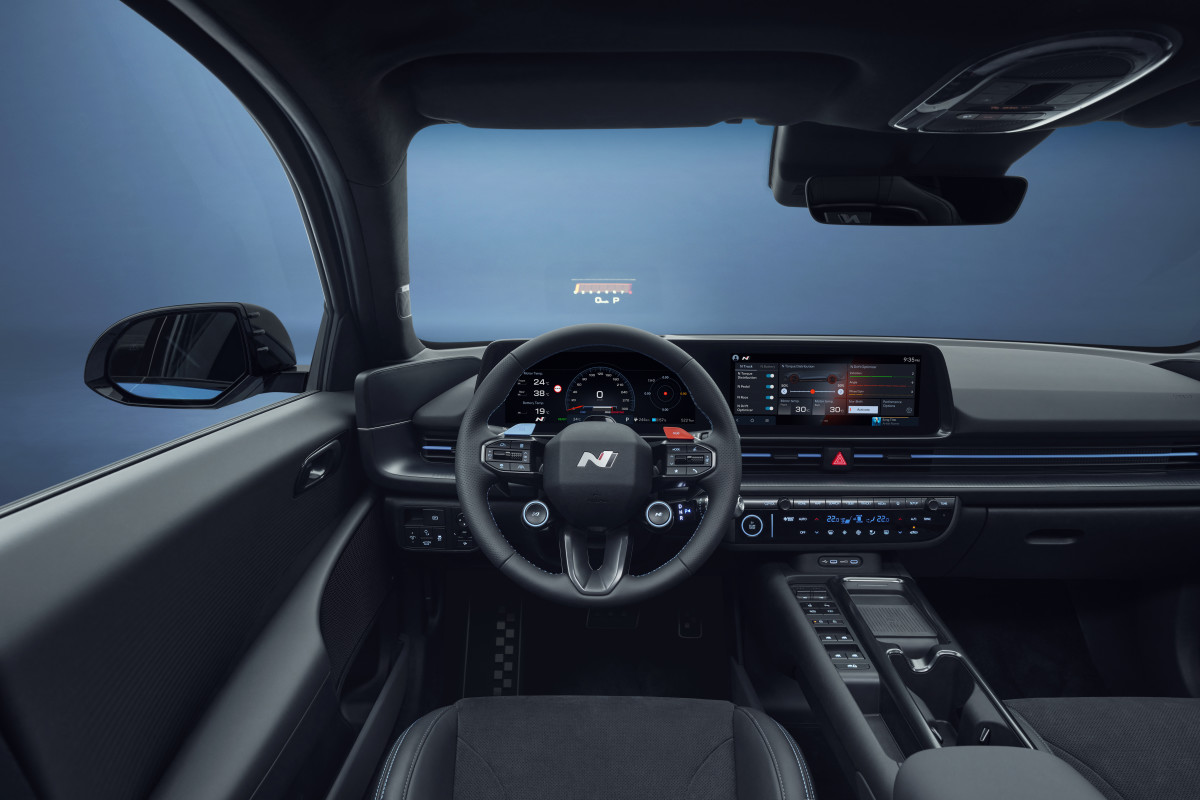Performance figures show the new Hyundai is more than a match for the Tesla Model 3 Performance
Tesla arguably kicked off the introduction of performance EV models with the Tesla Roadster way back in 2008, but it’s a wildly different landscape now, and you can purchase a very fast EV from automakers like BMW, Ford, and everything in between. One of the most competent performance EVs out there is the Hyundai IONIQ 5 N, and now, there’s a sedan version in town. Sharing a powertrain but getting smaller and cheaper means the new IONIQ 6 N has the Tesla Model 3 Performance squarely in its sights.
Hyundai IONIQ 6 N Hyundai
View the 2 images of this gallery on the
original article
Performance, poundage, and price: How much trouble is the Tesla Model 3 in?
The IONIQ 6 N takes an early lead on the Tesla Model 3 Performance — on paper, anyway. The IONIQ 6 N shares a powertrain with its predecessor, the 5 N, which means up to 641 horsepower on tap when you click into N-Grin Boost mode, and 567 pound-feet of torque available whenever. Hyundai quotes a zero to 60 mph time of 3.2 seconds. Both the IONIQ 6 N and the Tesla rely on all-wheel drive and dual electric motors, but while the Tesla Model 3 Performance isn’t a slouch, it loses the initial comparison. Base horsepower and torque figures sit at 510 and 554, respectively. Surprisingly, though, Tesla claims a quicker zero to 60 mph time, estimating the sprint takes just 2.9 seconds.
One reason for the quicker sprint to 60 mph might be the Tesla’s lower curb weight. The fastest Model 3 tips the scales at a fairly light 4,054 pounds. We don’t have official numbers for Hyundai’s IONIQ 6 N, but we can take a guess. Comparing the IONIQ 5 to the IONIQ 5 N reveals the standard all-wheel drive car weighs 4,608 pounds, while the N version weighs 4861 pounds. A regular IONIQ 6 with all-wheel drive weighs 4,462 pounds. Assuming the 6 N gains the same amount of weight from the full N treatment, we can guess the IONIQ 6 N’s weight at around 4,715 pounds. That 700-pound disadvantage relative to the Model 3 Performance could cost it first place on the dragstrip.

View the 2 images of this gallery on the
original article
So, finally, there’s the price. A bigger horsepower figure doesn’t always mean a higher MSRP, but the IONIQ 6 N will start a little bit higher than the Tesla Model 3 Performance. Hyundai hasn’t released pricing yet, but since the IONIQ 6 is around $5,000 less expensive than the IONIQ 5, the base MSRP should be right around $60,000. That’s a $5,000 premium compared to the Tesla, which starts at $54,990. The Tesla also likely touts a longer range. The mechanically identical 5 N offers an estimated 221 miles, while the Model 3 Performance makes it 298 miles on a full charge.
More money for identical performance? A deeper dive says otherwise
On the surface, the IONIQ 6 N may look decidedly more like a sidegrade than an upgrade compared to the Tesla Model 3 Performance. However, there are also other key areas where the Hyundai sedan should excel. The Hyundai IONIQ 6 N gets massive brake rotors that dwarf the Tesla Model 3’s, measuring 15.7 inches in the front and 14.1 inches in the rear. That’s about an inch bigger in the back and nearly two in front. While both vehicles share 20-inch aluminum wheels, only the IONIQ 6 N offers 275-section tires on all four wheels. Finally, the IONIQ 6 N offers a lauded “fake shift,” which allows drivers to “change gears” via paddle shifters. These differences may seem small, but they could make a big difference, especially in the kind of driving situations the cars are ostensibly built for.
IONIQ 6 N
View the 2 images of this gallery on the
original article
Final thoughts
The Hyundai IONIQ 6 N and Tesla Model 3 Performance are more similar than different, and both look to be incredibly competent performance sedans. Do we think the IONIQ 6 N is objectively superior to the Model 3 Performance? We’ll have to drive it to find out. That said, it certainly has some clear advantages. At the very least, the competition will force Tesla to take notes.